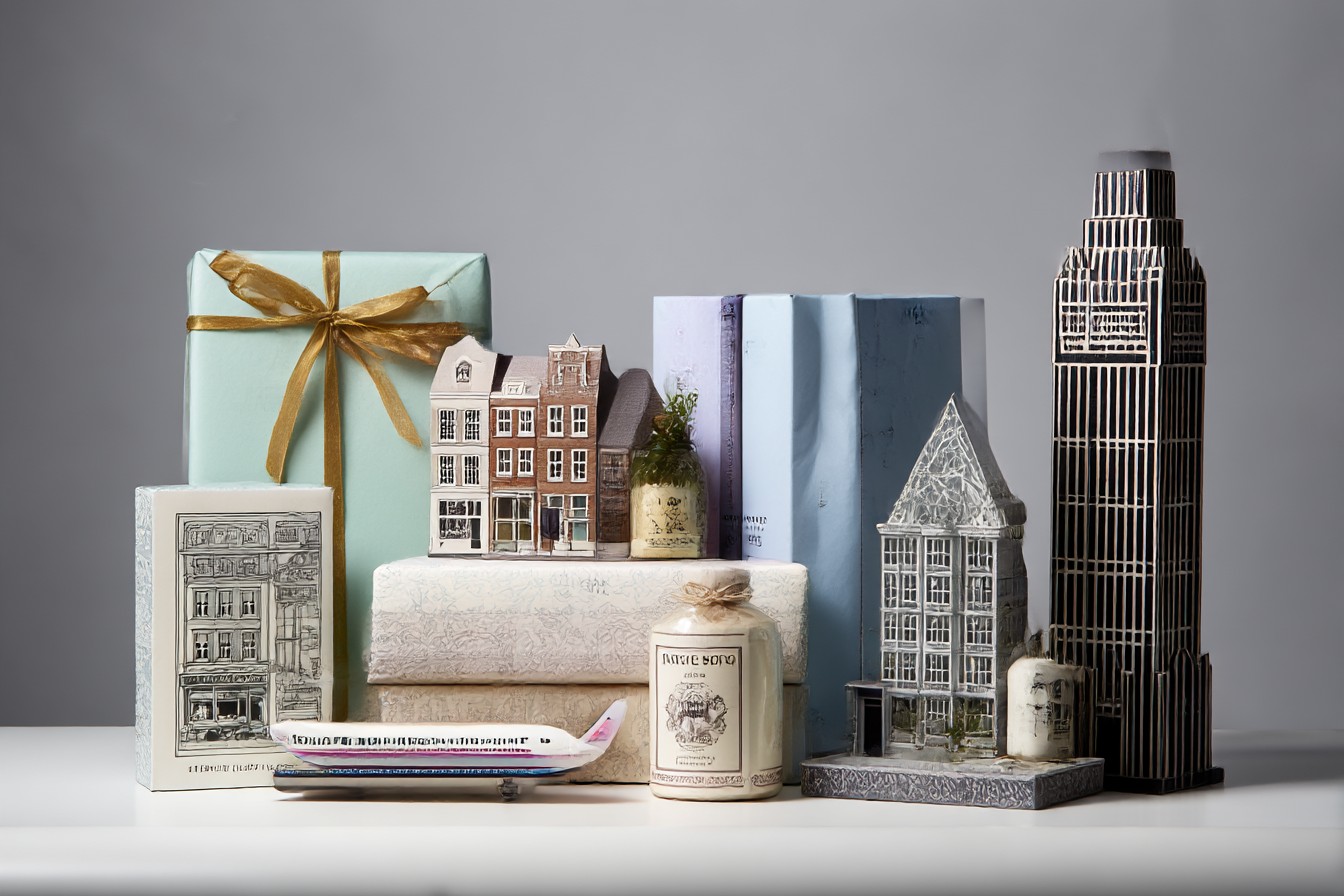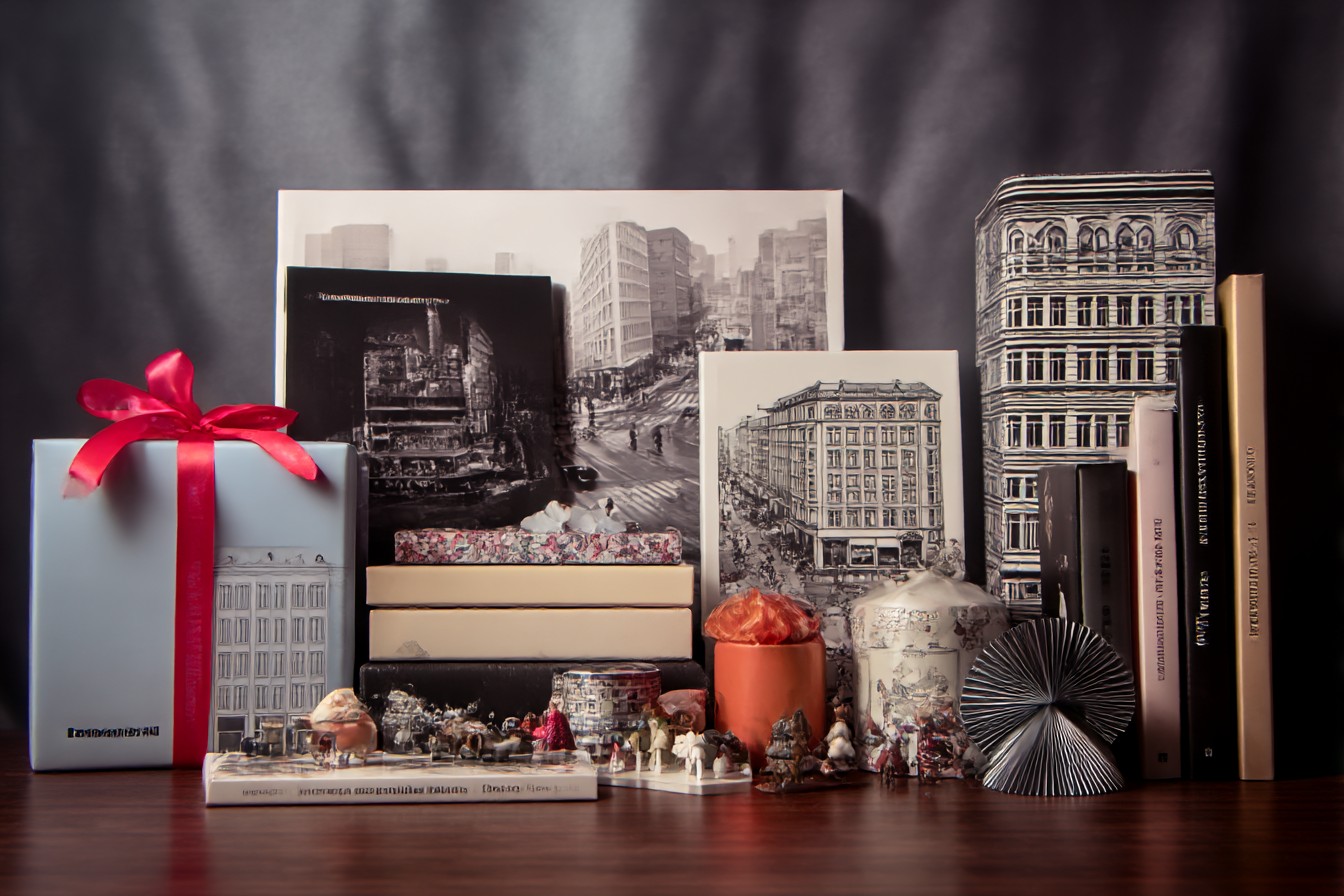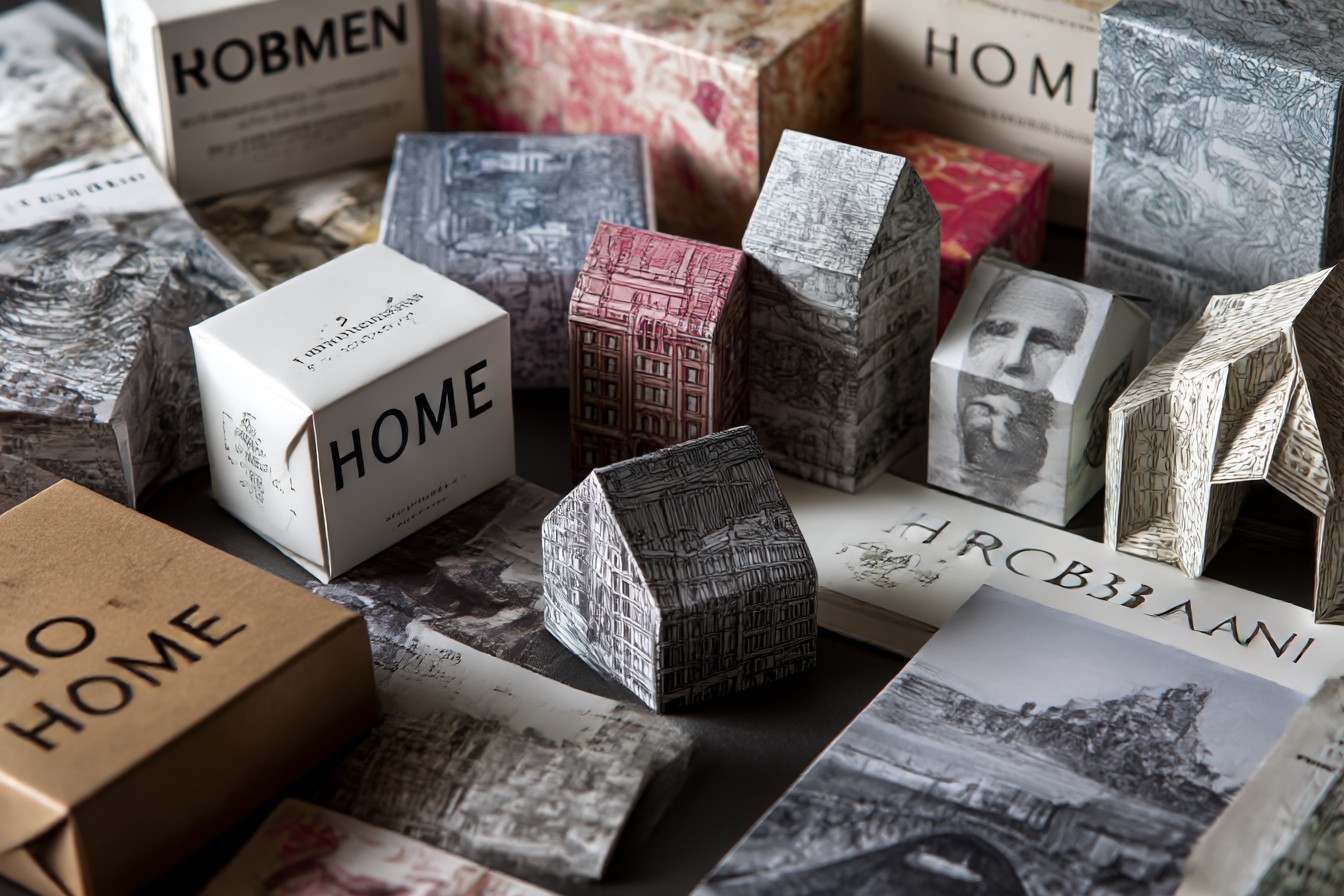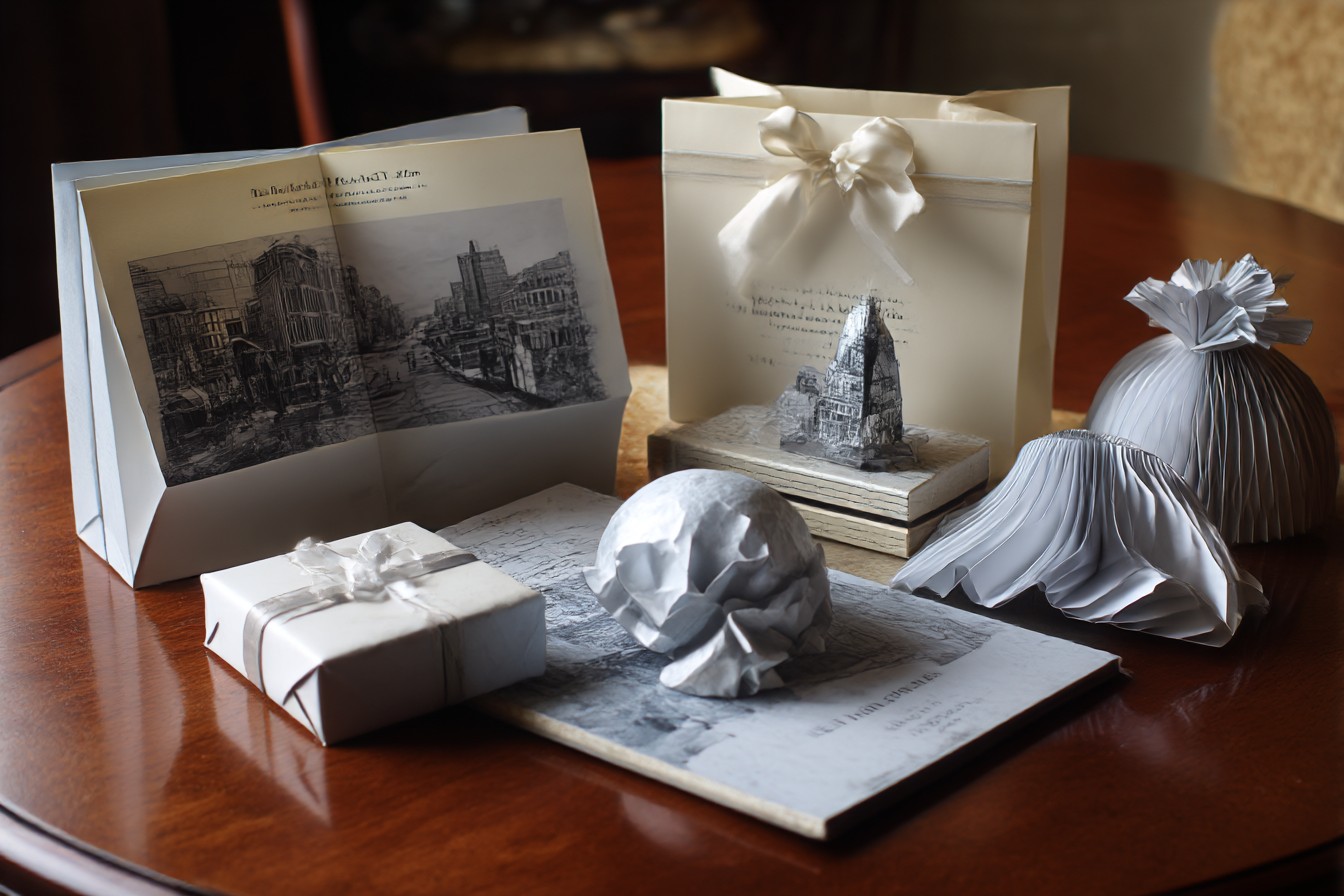The first time I truly understood homesickness wasn’t when I left for university or even during my own brief stint living abroad. It was watching my friend Sonia, who’d moved to London from Mumbai for work, unwrap a care package from her mother. It contained nothing particularly valuable—some spice blends, a packet of biscuits from a specific local bakery, a small bottle of her favorite hair oil, and a scarf that smelled faintly of her family home. As she unpacked each item in her sterile Canary Wharf flat, her entire demeanor changed. She held the biscuits like they were made of gold, explaining in detail the exact corner shop where her mother must have purchased them and how the owner always gave extra to regular customers.
“It’s the most ridiculous thing,” she said, dabbing at unexpected tears while trying to laugh them off. “I’m a grown woman crying over biscuits I could probably find in Southall if I really tried. But they’re not just biscuits, are they? They’re Tuesday afternoons after school and the specific sound of my mother’s bangles clinking as she passed the packet around.”
That moment was a revelation. The objects weren’t simply items she missed having; they were physical anchors to a place that existed as much in memory and emotion as in geography. Her homesickness wasn’t just about missing people or even familiar surroundings—it was about missing the complete sensory experience that made up her understanding of “home.” The taste of those specific biscuits, the exact scent of that hair oil, the particular quality of light in her family’s living room—these details created a sense of place that couldn’t be replicated simply by video-calling loved ones or finding similar products locally.
After witnessing Sonia’s reaction, I began paying closer attention to how people experienced and expressed homesickness. My colleague James, who’d relocated from Edinburgh, could find decent whisky in London but claimed it “tasted wrong” without the sound of rain against Scottish windows. My neighbor’s daughter, studying in America, reported that her university had plenty of green spaces but none that smelled like the particular mix of “wet earth and wild garlic” from the woods behind their Cotswolds home. My own grandfather, decades after moving to England from Cyprus, still maintained that tomatoes here were “just playing at being tomatoes” compared to the ones from his childhood village.
What emerged was a pattern I hadn’t fully appreciated before: homesickness is profoundly sensory. We don’t just miss the abstract concept of home; we miss the specific symphony of sights, sounds, smells, tastes, and textures that our brains have cataloged as “belonging.” This realization transformed my approach to gifts for the homesick, pushing me beyond the obvious photo frames and hometown memorabilia toward more nuanced recreations of sensory experience.
The first opportunity to test this theory came when my brother moved to Singapore for a two-year work assignment. After his initial excitement wore off, his video calls began featuring increasingly wistful references to things he missed about England. Rather than sending the obvious British care package (though I did include Marmite because I’m not a monster), I focused on recreating specific sensory memories I knew were significant to him.
I recorded ambient sounds from our childhood village—the particular church bells, the stream behind our parents’ house, even the slightly broken gate that always squeaked in a distinctive way. I tracked down the exact brand of laundry detergent our mother had always used and sent a small bottle with instructions to wash just one pillowcase with it. I included a tiny jar of soil from the garden (hopefully not breaking any international biosecurity laws—sorry, Singapore) and dried leaves from the apple tree he’d climbed as a child. Each item was labeled not just with what it was but the specific memory or sensation it was meant to evoke.
His response was immediate and emotional. “You’ve sent me home without the airfare,” he messaged, along with a photo of his pillowcase drying on the balcony of his high-rise apartment. The sound recordings proved particularly effective—he reported playing the church bells while having his Sunday morning coffee, creating a ritual that bridged the 6,700 miles between his current location and his sense of place.
This success led to what Charlie now teasingly calls my “sensory homesickness framework”—an approach to gifts that systematically addresses each sense to recreate not just memories of home but the feeling of being there. The framework has evolved through many iterations (and occasional missteps), but its basic structure has proven remarkably effective across different types of homesickness.
For taste, I focus on items that can’t be easily replicated or substituted. Not just any chocolate but the specific corner-shop brand that formed someone’s childhood definition of what chocolate should taste like. Not just any tea but the exact regional blend with the particular hardness of water they grew up with (yes, I’ve been known to include water treatment drops to recreate the mineral content of someone’s hometown tap water—too far?). These taste memories are often tied to specific contexts—the biscuits that always appeared during family card games, the particular jam eaten on summer holidays in Cornwall, the specific brand of crisps purchased from the swimming pool vending machine after lessons.
My friend Kate’s daughter, studying in Boston, received what seemed like an odd selection of snacks until Kate explained each one’s significance: the specific ginger biscuits always purchased at the train station before long journeys, the particular brand of cheese crackers that was her revision fuel during GCSEs, the distinctive milk chocolate bar her grandfather always kept in his car glove compartment for emergencies. Each taste was a time machine to a specific memory of place.
Scent proved to be particularly powerful in combating homesickness, often working on a subconscious level that visual reminders couldn’t match. For my friend who missed the Scottish Highlands, I included a small bottle with a few drops of essential oils blended to approximate the heather, peat, and pine scent of his favorite walking paths. For another friend missing Cornwall, I sent beach sand sealed in breathable fabric that carried the distinctive mineral tang of her local coastline. These scent anchors created instant, visceral connections to place that photographs couldn’t achieve.
The most successful scent gift I ever created was for my colleague who deeply missed her grandmother’s home in rural Wales. After discreetly asking her mother for details, I learned that the house had a distinctive smell created by a combination of wood smoke from the fireplace, the lavender her grandmother grew by the kitchen door, and the specific furniture polish used on generations-old Welsh dressers. Creating this scent profile took some experimentation (and my kitchen briefly smelled like I was running a very strange perfumery), but the resulting room spray apparently brought her to tears because “it smells exactly like Nan’s front hall on a Sunday morning.”
Sound presents unique opportunities for place recreation. Beyond the obvious music associated with a location, there are ambient soundscapes unique to each place—the specific acoustics of a village high street, the rhythm of a particular train line, the exact cadence of footsteps on distinctive architectural materials. My brother, still in Singapore, received seasonal updates to his sound collection: summer garden noises complete with the neighbor’s slightly annoying lawn mower that always started at precisely 10 AM on Saturdays; autumn recordings featuring the specific rustle of leaves along his favorite walking path; winter with the particular creaks their family home made when heating systems kicked in during cold snaps.
Technology has made these sound gifts increasingly sophisticated. When my friend’s son went to university, feeling homesick for their London neighborhood, I created a “sound map” of his daily routes—recordings taken at specific locations he frequently visited, arranged in a digital interface that allowed him to virtually “walk” his familiar paths through sound. The project required me to look slightly deranged standing on street corners with recording equipment, but his reaction confirmed it was worth the strange looks from passersby.
Touch presents interesting challenges for distance gifting but offers powerful connection opportunities. For tactile elements, I focus on textures unique to someone’s sense of place—the specific weight and feel of a local craft material, the distinctive texture of tree bark from a significant location, stones from a meaningful shoreline worn smooth by the same water the person swam in as a child. These physical anchors provide a tangible connection that digital communication can’t replicate.
For my aunt who moved to Australia but missed the Yorkshire moors where she’d grown up, I sent a small box containing pieces of heather, sheep’s wool found on fences along her favorite walking paths, and smooth river stones from the stream where she’d played as a child. Twenty years after moving, she still keeps these items on her desk, occasionally holding the stones during work video calls as a physical connection to her first home.
Visual elements are perhaps the most obvious but require thoughtful curation to avoid cliché. Rather than generic postcards or tourist images, I look for the specific visual details that defined someone’s experience of place—the particular quality of light through trees in their local park, the exact shade of painted front doors on their childhood street, the specific pattern of brick or stonework that formed their visual understanding of “home architecture.”
Photography offers wonderful opportunities for capturing these visual details, but I’ve found that watercolor or sketches sometimes better convey the emotional experience of a place. For a friend deeply missing the Lake District, rather than sending standard scenic views, I commissioned a local artist to create small watercolors of specific locations with personal significance—the particular bend in the path where she always stopped to catch her breath, the view from her favorite tearoom window, the distinctive shape of the hills as seen from her childhood bedroom. These targeted visual memories proved far more emotionally resonant than conventionally “better” photographs of more famous vistas.
The most challenging element of place to recreate is perhaps the most ineffable—what I think of as the “rhythm” of a location. Each place has its own temporal patterns, its distinctive pacing, its unique ways that time feels to unfold there. This is nearly impossible to package, but I’ve had some success with creating rituals that honor these rhythms from a distance.
For my cousin who missed the distinctive rhythms of Cornwall after moving to London, I created what I called a “Sunday sequence”—a carefully timed set of activities designed to recreate the particular pattern of a Cornish Sunday as he’d experienced it growing up. The package included specific breakfast items to be prepared at 9 AM, a playlist timed to coincide with the bells of his village church, coastal tea to be brewed precisely when the tide would be coming in at his local beach (tide tables included), and activities mapped to the distinctive pattern of his family’s weekend rituals. It wasn’t the same as being there, but it honored the temporal texture of the place he missed.
Of course, not all homesickness is for a geographical location. Sometimes people miss a time as much as a place—a specific period in their lives that can’t be revisited. For these cases, I focus on the sensory details that defined that era: the specific perfume they wore during university years, the exact snack foods popular during their childhood decade, the particular fabric softener their mother used when they were small. These temporal anchors connect to the sensory experience of a time-place that exists now only in memory.
My most ambitious project in this vein was for Charlie’s 40th birthday. Though not exactly homesick, he’d been reminiscing about his 1990s teenage years with increasing frequency. I recreated a sensory time capsule of 1995-1999: the exact aftershave he’d worn (long discontinued but found on eBay), a cassette mix-tape formatted exactly like ones his friends had made (requiring the purchase of equipment I hadn’t used in decades), snacks in the original packaging designs from that period (sourced from vintage food collectors—yes, these exist), and even samples of the specific laundry products his mother had used during his teen years. The resulting “time machine box” brought back his adolescence with an immediacy that mere photographs or music playlists couldn’t achieve.
I’ve learned through these experiments that effective homesickness gifts require genuine research rather than assumptions. Generic symbols of a place (the Eiffel Tower for Paris, bagpipes for Scotland, etc.) rarely connect to someone’s actual lived experience of that location. The most meaningful elements are often highly specific and seemingly mundane—the particular brand of butter that tastes “correct” to someone from Normandy, the specific bird calls heard through bedroom windows in rural Hampshire, the exact acoustic quality of footsteps on the distinctive tiles of a Barcelona neighborhood.
This research requires delicate questioning and sometimes enlisting accomplices close to the recipient. When my friend deeply missed her childhood home after her parents sold it, I contacted her sister for specific details—the exact paint color of her bedroom walls, the specific creaking floorboard outside the bathroom, the particular sound the garden gate made. These details allowed me to create a gift that connected to her actual experience of home rather than an idealized or generic version.
Technological advances have made some aspects of place recreation easier. High-quality recording equipment, digital scent diffusers, and virtual reality offer new possibilities for capturing and transmitting sensory experiences. But I’ve found that the most effective gifts for homesickness often remain refreshingly analog—actual physical objects that can be touched, smelled, and experienced in tangible ways.
The ultimate test of my approach came when the pandemic separated many people from places they considered home, creating a global wave of location-specific longing. Friends stuck in different countries, family members unable to visit ancestral villages, colleagues separated from the workplaces that had structured their lives—suddenly everyone was experiencing some form of place-displacement.
During this period, I refined my framework into what became known among friends as “sensory care packages”—carefully curated boxes addressing all five senses to combat specific forms of place-disconnection. For my friend’s mother, unable to visit her hometown in Italy for the first time in thirty years, I created a package with recordings of the specific church bells, market sounds, and street musicians; foods from exact shops she frequented; scent recreations of her family olive grove; and tactile elements including leaves and soil from her family land (smuggled by a neighbor through gloriously cooperative postal services).
Her response confirmed what I’d suspected: “For ten minutes after opening this, I was actually there—not just remembering it, but experiencing it.” That momentary transportation, that brief dissolution of distance, is ultimately what these gifts aim to provide—not a cure for homesickness but a temporary bridge across the gap between where someone is and where part of their heart resides.
What I’ve come to understand through these experiments is that “home” exists as much in our sensory memory as in geographical location. When we miss a place, we’re missing a unique constellation of sensory experiences that we’ve categorized as belonging together, as creating the context for our understanding of “there” versus “here.” By thoughtfully addressing these sensory anchors, gifts can temporarily collapse the distance, creating moments of connection that acknowledge the complexity of place-attachment.
So the next time someone you care about is missing a place they love, consider moving beyond the photo frames and landmark reproductions. Send them the specific birdsong that formed the soundtrack of their childhood mornings. Find the exact biscuits that define what biscuits should taste like in their sensory memory. Include earth or leaves or stones that carry the literal essence of the place they’re missing. These sensory bridges won’t eliminate homesickness, but they offer something perhaps more valuable—the momentary experience of being in two places at once, holding the “there” they miss within the “here” they inhabit.








Leave a Reply